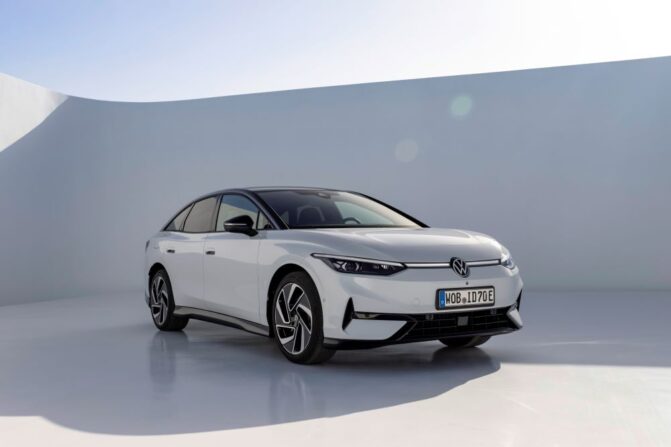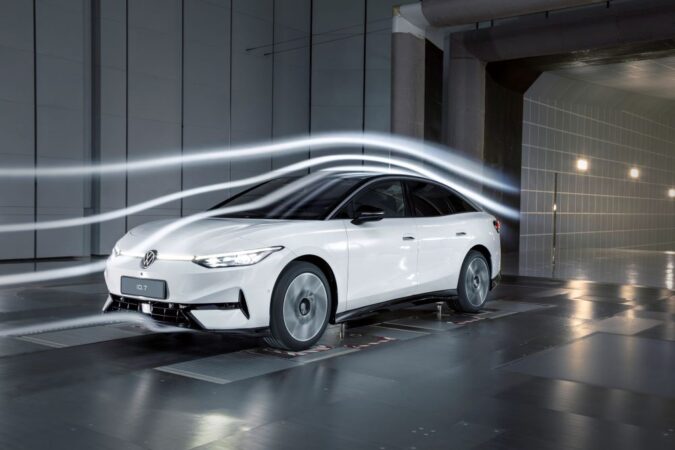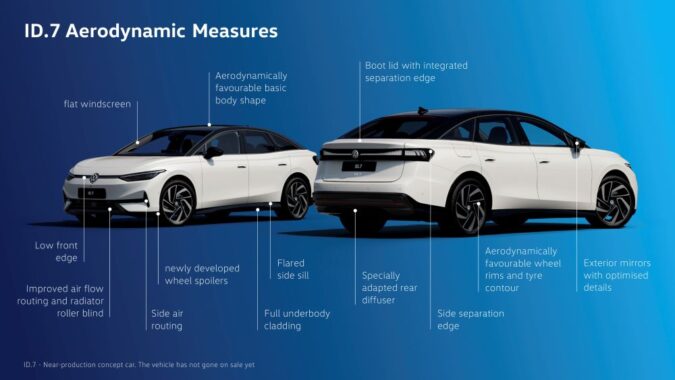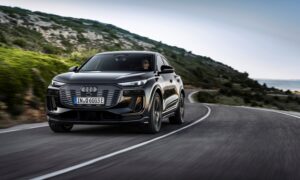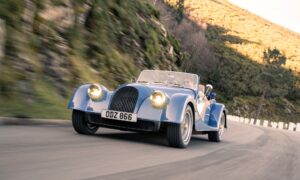Remarkable Mileage, Courtesy of Superior Aerodynamics
The highly anticipated ID.7 from Volkswagen, a new addition to the upper mid-sized electric vehicle (EV) class, promises an impressive driving range of up to 700 kilometres (WLTP). This is largely due to its sophisticated aerodynamics and new-generation drive.
An outcome of a collaborative effort between the design and development teams, the ID.7 boasts an aerodynamically advantageous basic form, a drag coefficient (Cd value) of 0.23 and a frontal area of 2.46 m².
Perfectly Crafted For Efficiency
The body shape of this near-five-metre-long limousine contributes to around 50% of the Cd value. The influence of the wheels and tyres is about 30%, with the underfloor and functional openings (e.g. air flow towards the radiators) each contributing about 10%.
Notably, the ID.7’s silhouette, with its low front end, flowing transition into the bonnet, fast windscreen, coupé-like roof form, and tapering rear end, reflect its focus on aerodynamics.
Finessed Through Collaboration
It’s worth noting that these optimal results are born of close collaboration between developers and designers. Stephan Lansmann, the project engineer for ID.7 aerodynamics, underlines the iterative process involving regular consultation between the development and design departments. This detailed approach also involves numerous computer simulations and wind tunnel tests.
Mastering Aerodynamics: The Key Features
The ID.7 sports an almost completely closed underbody and specially developed wheel spoilers on the front wheels, which help guide air with minimal turbulence.
The vehicle also features air curtains at the sides of the front bumper to direct air around the front end with minimal loss. The flared side sills prevent air from flowing into the underbody area, providing a shield for the rear tyres.
In particular, the design of the wheel rims considers both aerodynamics and the cooling requirements of the brakes. The resulting wheel rims are more closed, delivering superior aerodynamic performance. Even tyre contours were optimised during the concept phase using flow simulations.
A Balance Between Form and Function
The holistic aerodynamic development process also took into account functional aspects, such as the front openings that guide air to the vehicle’s radiators.
In the ID.7, the airflow is actively managed by a radiator roller blind that reduces drag by opening only when necessary for cooling. The design of the rear end also maximises aerodynamic efficiency, thanks to the ideally shaped tailgate and the diffuser and side separation edges.
From Simulations to Real-World Testing
In the first year of development, the focus is mainly on computer simulations, with design updates occurring every two weeks. The design team provides CAD (Computer-Aided Design) data, which is used to calculate airflow values.
Once the design is stable, the team moves on to wind tunnel testing. The learnings from these tests are meticulously applied to the vehicle, resulting in the ID.7’s impressive Cd value of 0.23, the best in the Volkswagen ID. family.
With its thoughtful design and a firm focus on aerodynamics, the Volkswagen ID.7 is set to be an EV game changer. While performance in real-world conditions can vary based on several factors, the ID.7’s comprehensive design approach promises to push the boundaries of what’s possible in the electric vehicle market. The future of mobility looks exciting!

